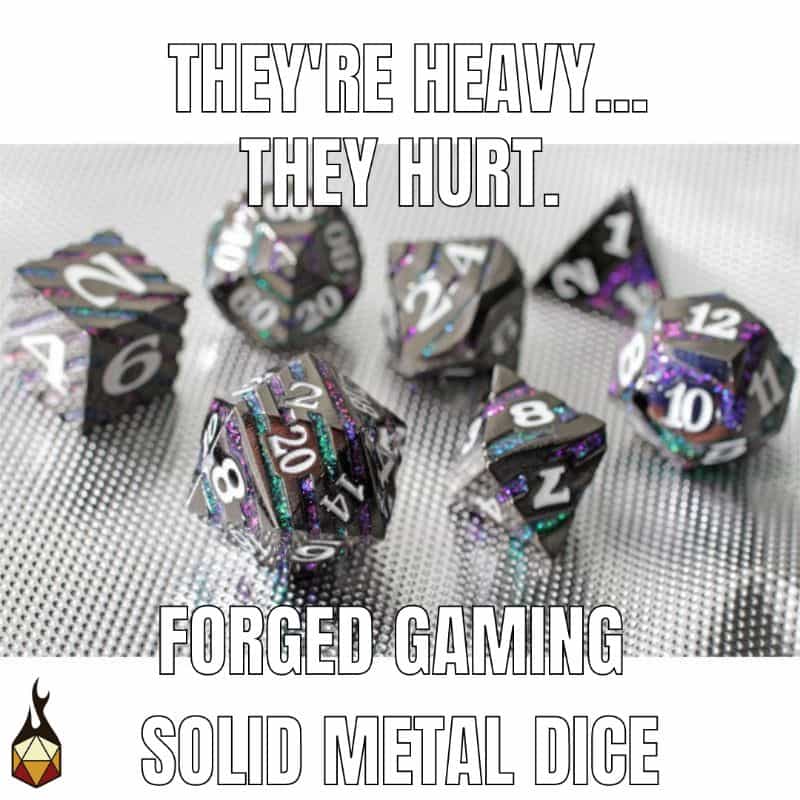I write a lot. Most of it is technical academic stuff for work. But, often I’ll pull up a blank page and draft a creative story or some essay on the state of the world—life. It’s something I enjoy doing and it helps me make sense of what’s going on internally in my head. Journaling has always been a tool to focus my thoughts and make them tangible.
What’s on my mind lately has been the economy. As the breadwinner of my family, I’m naturally concerned about the future of our finances and what that might mean for my family.

Key Takeaways
- The Silver Lining of Economic Hardships: Embrace scarcity as a problem-solving challenge to create new ideas
- Creative Expression for Self-Discovery: Engage in creative activities to alleviate stress and express thoughts and emotions
- Adaptation and Innovation: Use challenging times as an opportunity for innovation and adaptation to find new solutions that benefit oneself and society
Read on to learn more about my thoughts about the psychology, the process, and the purpose of struggling through creative challenges in uncertain times.
Why inflation is more than just a financial issue
Inflation is a subject I’ve been exploring in some of my journaling lately. It’s a concept that combines both economic theory and psychology in a way that I find fascinating and sometimes disturbing to dwell on.
Are you concerned about a looming recession? Bad economic times?
Well, I hope to share my thoughts on this and provide you with some opportunity and optimism here. You’ll have to forgo some of the granular financial topics for a bit (which I can write about, but find dull in this mindset I’m in).
Instead, I would encourage all to focus on how a potentially down economy and inflation can be the driving force behind some really creative work.
Fame From Famine: The Real Story Behind Ray Bradbury’s Fahrenheit 451
Ray Bradbury’s novel, Fahrenheit 451, is a classic dystopian tale about a future society in which books are outlawed and burned. The story was written during a time of economic hardship for Bradbury, who wrote the first draft of the novel on a coin-operated typewriter that charged 10 cents for every 30 minutes.
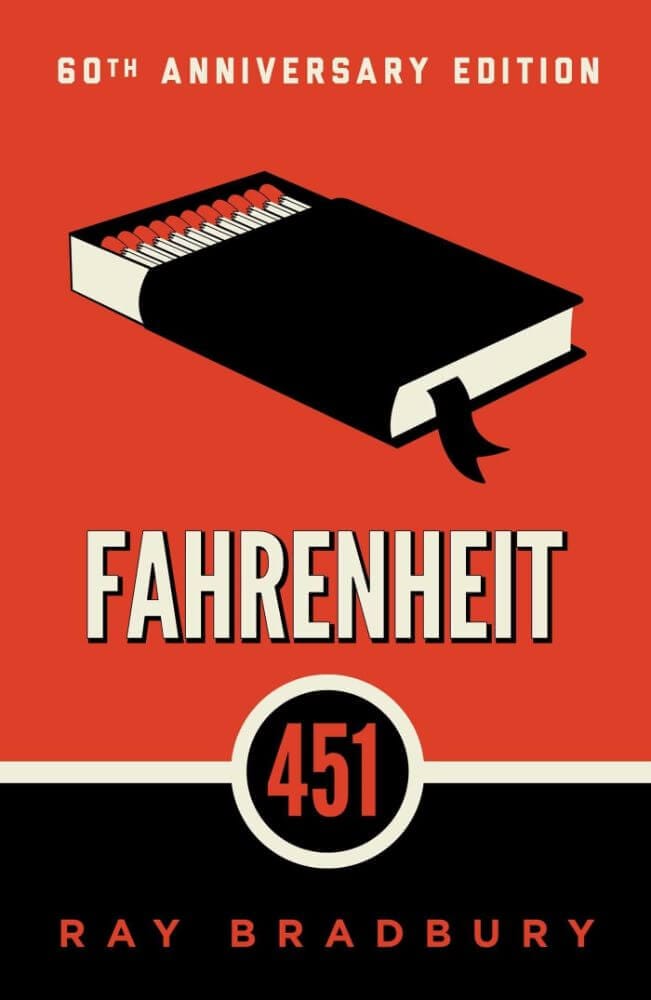
Despite the financial constraints, Bradbury managed to write the entire novel in just nine days and $9.80 worth of dimes. He later went on to purchase his own typewriter with money earned from the sale of Fahrenheit 451. The novel has since become an iconic work of literature and is widely considered one of Ray Bradbury’s greatest works.
”Create” to Stay Creative: A Philosophical Dive into the Psychology of Creativity
Creating to Stimulate Creativity. As I ponder my next masterpiece, I contemplate the very nature of creativity itself. It’s fascinating how the act of creating can ignite the creative flame within us. According to the concept of “flow” by Csikszentmihalyi (1996), creative functioning is optimal when we are completely immersed in our work. Flow is when we lose track of time and self-consciousness and explore the uncharted territory of our own minds.

The more we create, the more confident we become in our creative abilities. This concept of “creative self-efficacy” (Bandura, 1997) is affirming and encourages us to strive towards creating more often. Regular creative practice can boost overall creative thinking (Baer, 2012), encouraging us to compose music or poetry in the midst of our daily routine.

We must acknowledge that not every creative endeavor will result in a masterpiece. However, it’s in those moments of imperfection that we learn and grow as creators. As Samuel Beckett eloquently put it, “Ever tried. Ever failed. No matter. Try again. Fail again. Fail better.”
Stress is the Mind-Killer
However, sometimes those creative pieces take a backseat to the fact of life that is an economic recession or a high inflation rate. While these can be very challenging times for many peopleI know what you’re thinking: “How could a bad economy possibly be a good thing for my writing?” Well, grab your favorite tea and gather ’round, because today we’ll be exploring the silver lining of inflation and economic downturns for our beloved creative writing endeavors.

As writers, we often find ourselves contemplating the most profound questions of life (and occasionally asking why we didn’t choose a more financially secure career). But, despite the gnawing voice in our head that keeps whispering “Starving artist,” I have discovered that inflation and a bad economy can actually be a boon for our creativity.
Here are some things I found that may put some optimism and opportunity back into your mindset if you’re remotely concerned with the economic state.
5 Opportunities and Concepts to Embrace for Creative Writers in Hard Times
1. The Art of Scarcity
The concept of scarcity and innovation is well-supported in the literature. According to a study published in the Journal of Consumer Research, scarcity can lead to increased creativity and problem-solving abilities (Shiv & Fedorikhin, 1999).
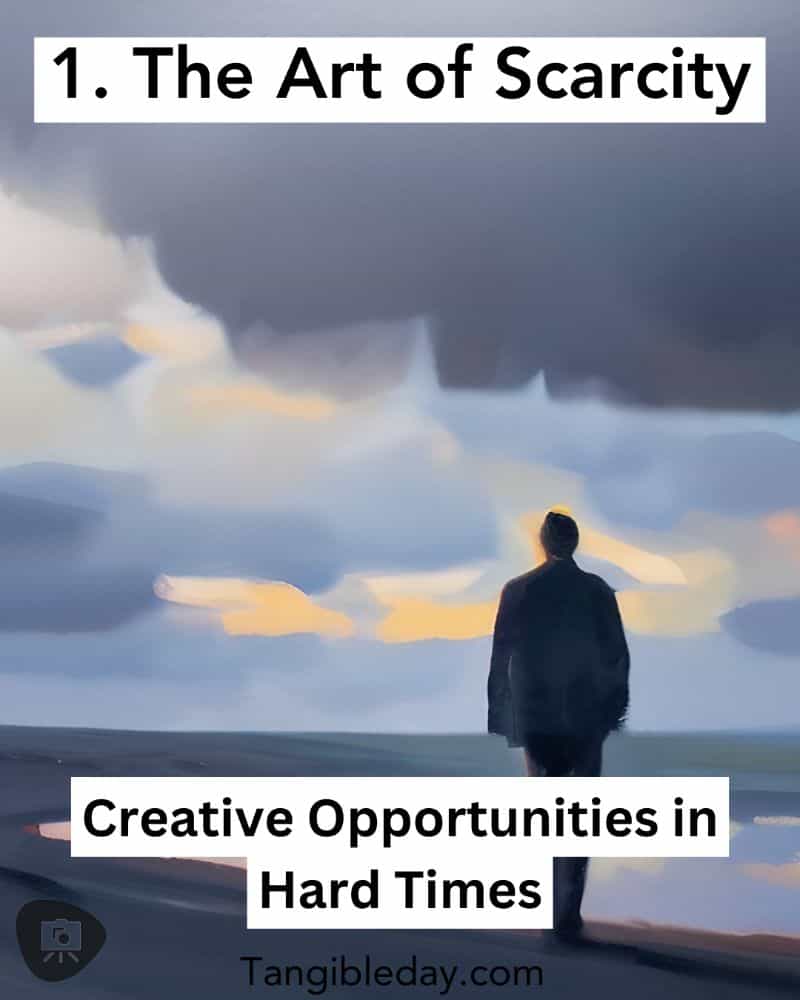
Additionally, research on the effects of constraints on creativity has found that limited resources can actually enhance creative performance (Chen et al., 2016). As a writer, when resources are scarce, our brain kicks into problem-solving mode, and we become more innovative. This can result in new and creative ideas that may not have surfaced otherwise.
2. Empathy for the Struggle
John Steinbeck’s “The Grapes of Wrath” is often cited as an example of how economic hardship can influence literature. The novel depicts the struggles of farmers during the Great Depression, and has been hailed for its portrayal of complex characters who reflect the very real struggles of the time.
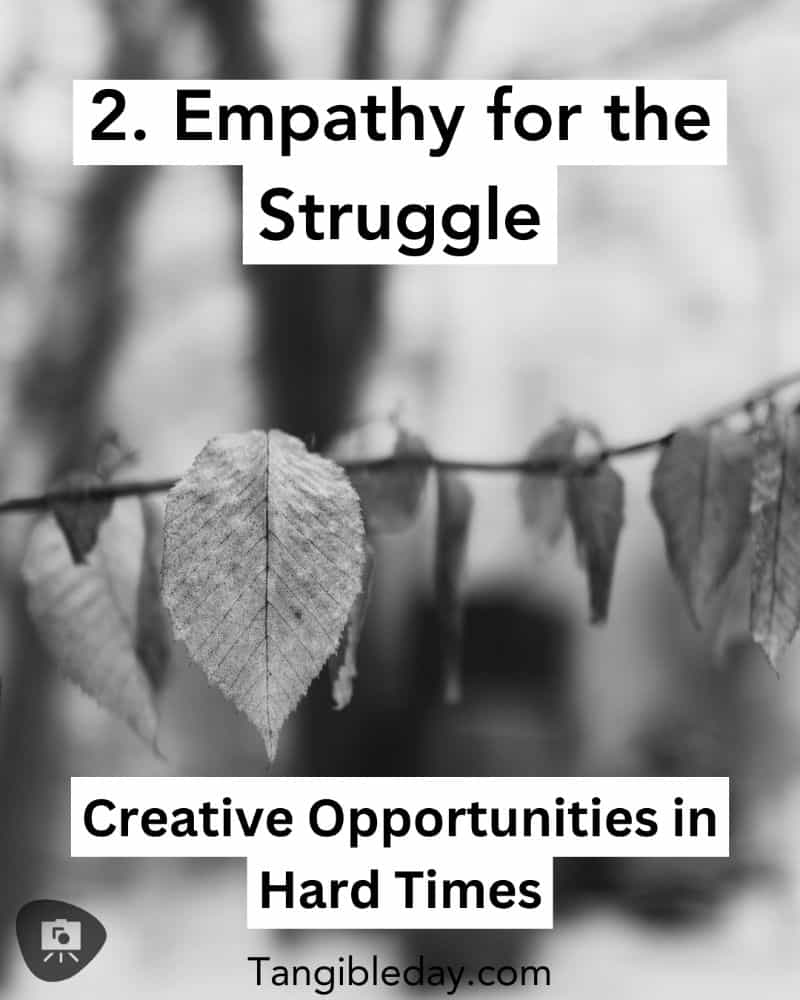
According to a review published in The Atlantic, “The Grapes of Wrath” “captures both the hope and the tragedy of the time, and it continues to resonate with readers today” (Klinkenborg, 2002). A bad economy affects everyone in different ways, and it can be a goldmine for character development. By experiencing financial challenges or witnessing others’ struggles, writers can understand the emotions and motivations that drive people, leading to more relatable and complex characters.
3. The Richness of History
Many writers have found inspiration in historical moments and economic struggles. F. Scott Fitzgerald’s renowned piece, “The Great Gatsby,” is set during the Roaring Twenties, a time marked by prosperity and indulgence that was soon followed by the Great Depression.
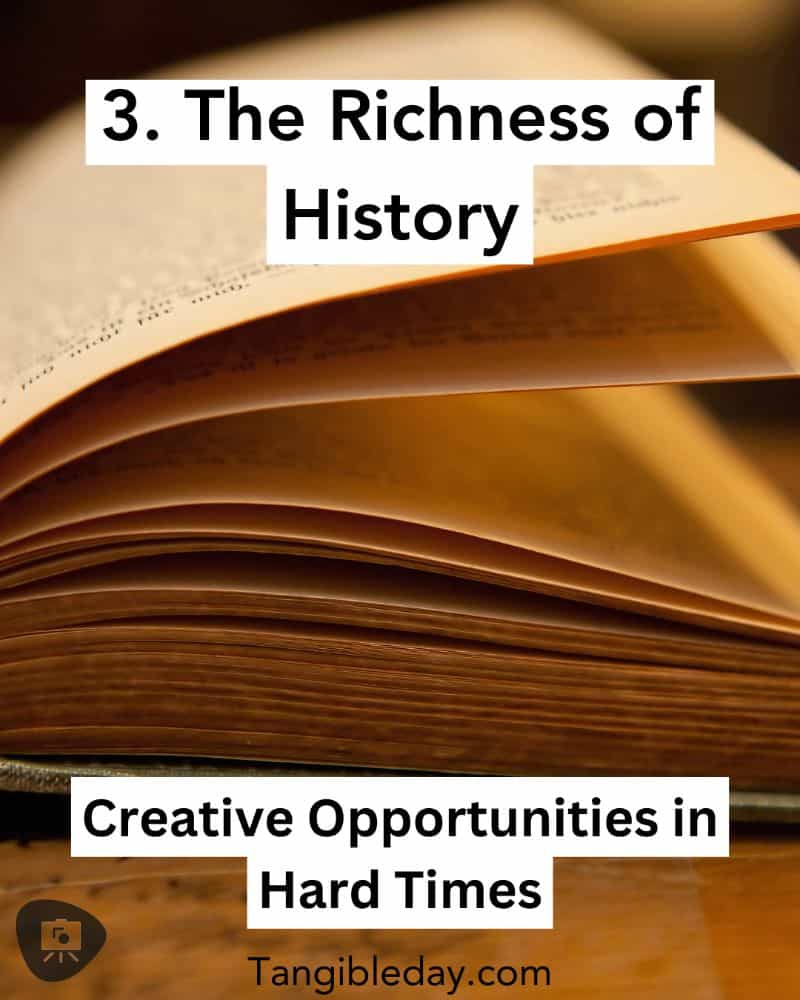
As noted in a review in The New York Times, “The Great Gatsby” “captures the mood of the era with its portrait of wealth, privilege, and disillusionment” (Trilling, 1951). By incorporating historical contexts, writers can enhance their settings, characters, and plots, bringing to life the voices of the past within their written work.
4. Expanding Your Creative Horizons
The benefits of expanding creative horizons are well-documented. Research has found that engaging in creative activities can have a positive impact on mental health and well-being (Stuckey & Nobel, 2010). Additionally, trying new things can help to spark creativity and generate new ideas (Hennessey & Amabile, 2010).

With a declining job market, writers might find themselves with more time on their hands. They can use this opportunity to explore new genres or mediums, collaborate with other writers, or start a blog, as Fifty Shades of Grey author E.L. James did during the 2008 financial crisis, eventually leading to her wildly successful erotica series.
Writing can be a solitary pursuit, but connecting with others can be beneficial for both creativity and well-being. Research has found that social support can help to reduce stress and increase resilience (Thoits, 2011). Additionally, collaborating with others can help to generate new ideas and approaches (Hargreaves, 1994).
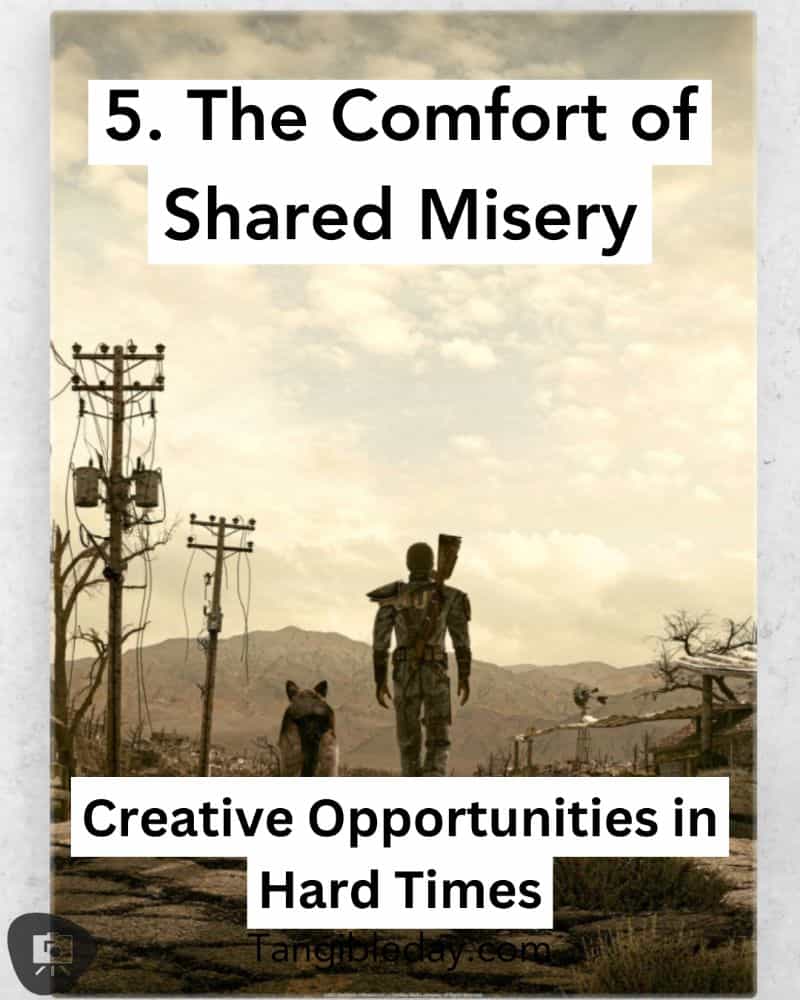
During a bad economy, writers can join writing groups, attend virtual workshops, or engage in conversations about shared struggles. This sense of camaraderie can not only help to reduce isolation but also foster new ideas and collaborations that might not have been possible in better economic times.
Conclusion
So, my dear fellow writers, while we may never be able to afford that dreamy writing cabin in the woods, let’s remember that adversity breeds creativity. Embrace the challenges that a bad economy and inflation bring, and watch your writing soar to new heights.
And if you’re still wondering if it’s worth it? Just remember, Shakespeare churned out some of his best work during the bubonic plague. Ray Bradbury, one of my favorite speculative fiction authors, did the same…hard economic times didn’t stop any of them!
So, don’t let a little financial hardship stand in your way!
Reference Cited
- Baer, J. (2012). Domain Specificity and the Limits of Creativity Theory. The Journal of Creative Behavior, 46(1), 16–29.
- Bandura, A. (1997). Self-efficacy: The exercise of control. W H Freeman/Times Books/ Henry Holt & Co.
- Chen, L., Zou, X., Liu, W., & Luo, J. (2016). Too little or too much? Untangling the relationship between constraint and creativity. Journal of Creative Behavior, 50(1), 41-53.
- Csikszentmihalyi, M. (1996). Creativity: Flow and the psychology of discovery and invention. HarperCollins Publishers.
- Hargreaves, D. J. (1994). Changing teachers’ work: An overview of recent international research on teacher stress and coping strategies. Educational Research, 36(1), 3-13.
- Hennessey, B. A., & Amabile, T. M. (2010). Creativity. Annual Review of Psychology, 61, 569-598.
- Klinkenborg, V. (2002, October 27). The Grapes of Wrath: 50 years later. The Atlantic. https://www.theatlantic.com/magazine/archive/2002/10/the-grapes-of-wrath-50-years-later/303088/
- Shiv, B., & Fedorikhin, A. (1999). Heart and mind in conflict: the interplay of affect and cognition in consumer decision making. Journal of Consumer Research, 26(3), 278-292.
- Stuckey, H. L., & Nobel, J. (2010). The connection between art, healing, and public health: a review of current literature. American Journal of Public Health, 100(2), 254-263.
- Thoits, P. A. (2011). Mechanisms linking social ties and support to physical and mental health. Journal of Health and Social Behavior, 52(2), 145-161.
- Trilling, L. (1951, April 22). F. Scott Fitzgerald. The New York Times. https://www.nytimes.com/1951/04/22/archives/f-scott-fitzgerald.html





